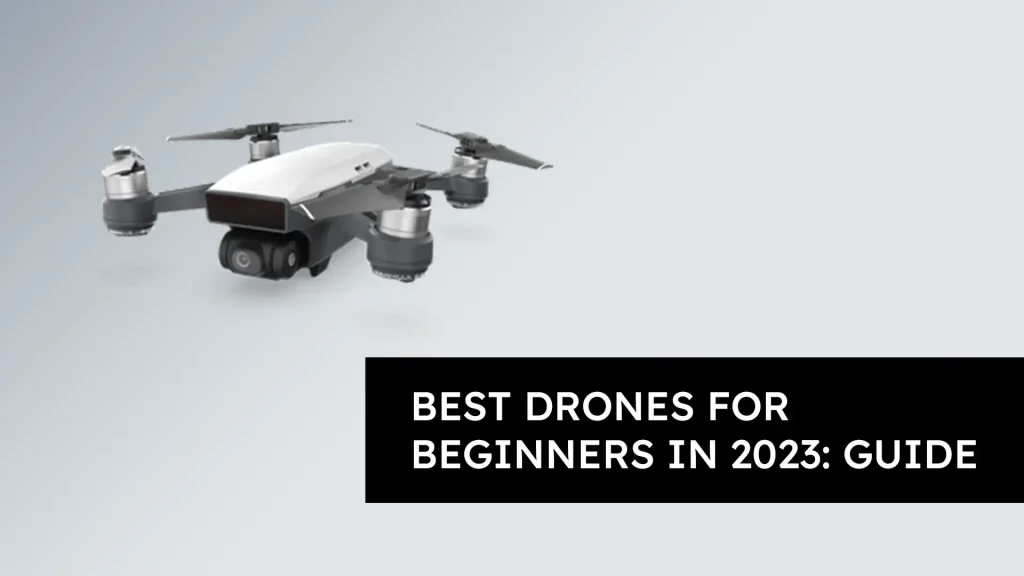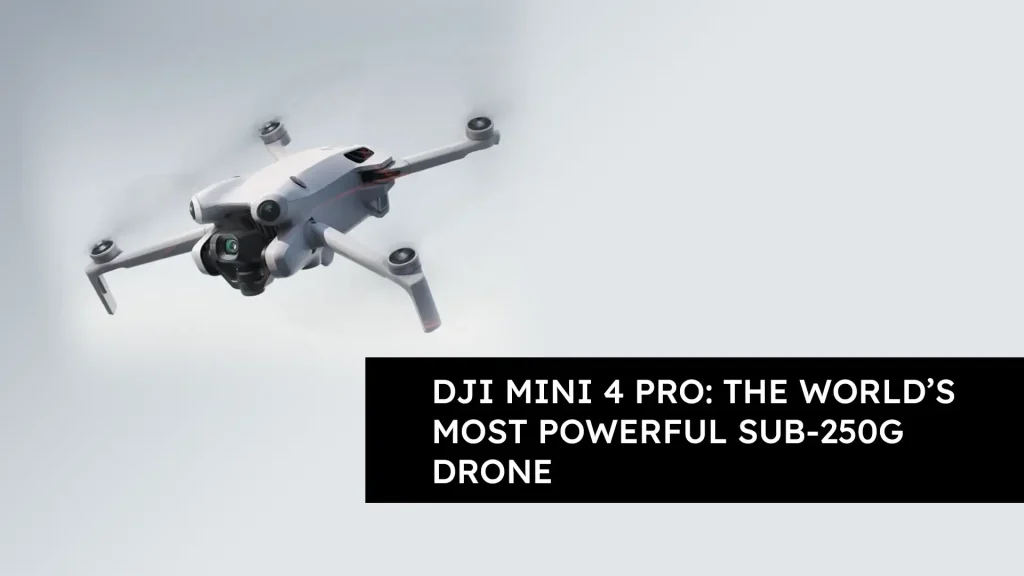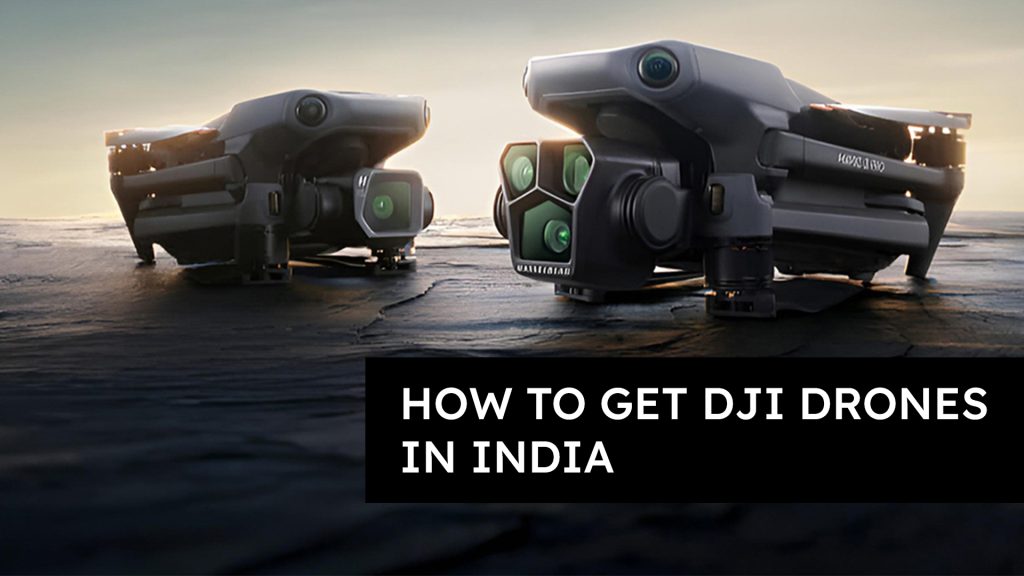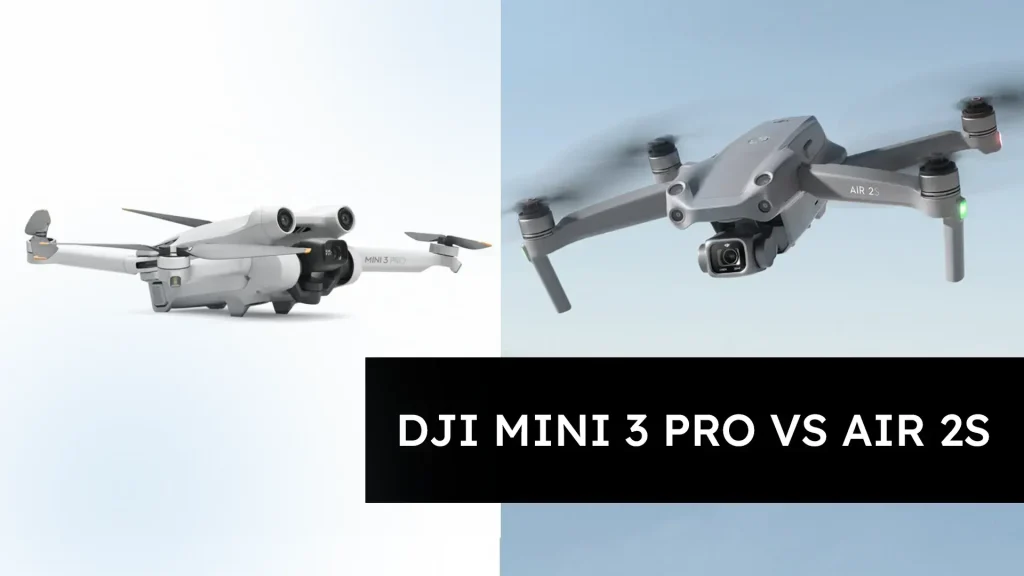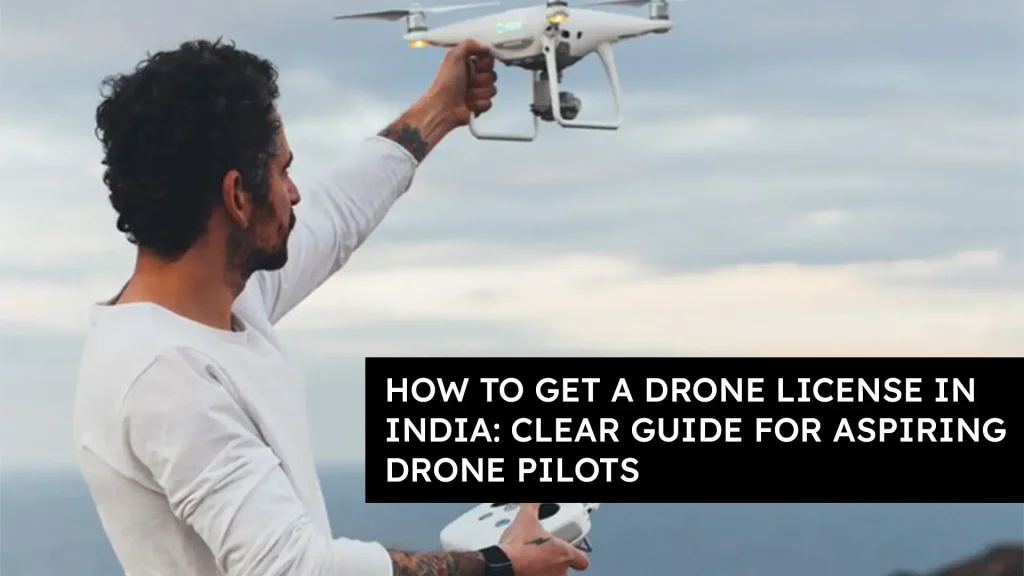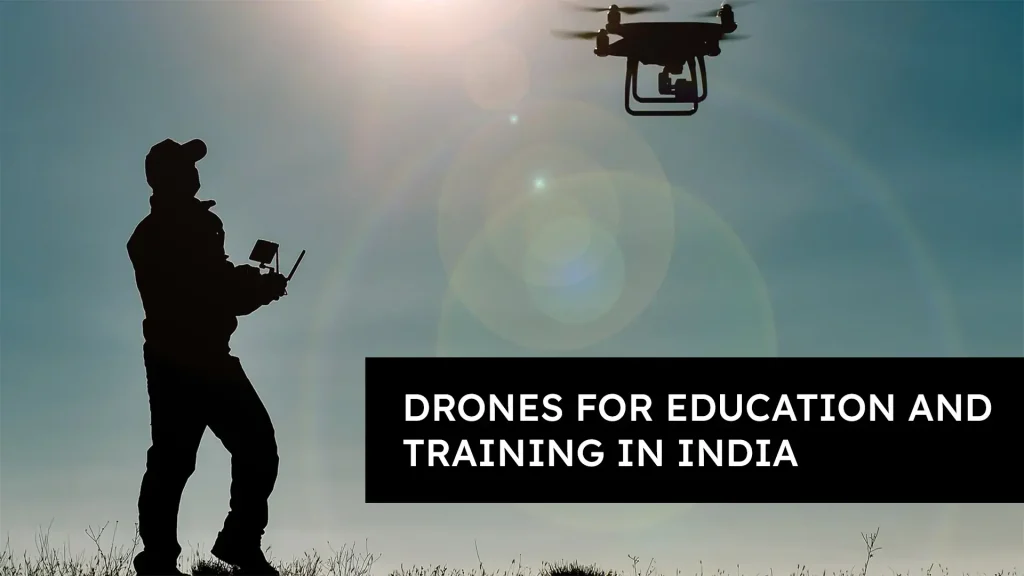Best Drones for Beginners in 2023: Guide
Are you ready to take flight into the exciting world of drones? Drones, also known as Unmanned Aerial Vehicles (UAVs), have soared in popularity in recent years, and for good reason. These nifty devices offer a unique perspective from the sky, perfect for hobbyists, photographers, and adventurers alike. In this comprehensive guide, we’ll explore the …

